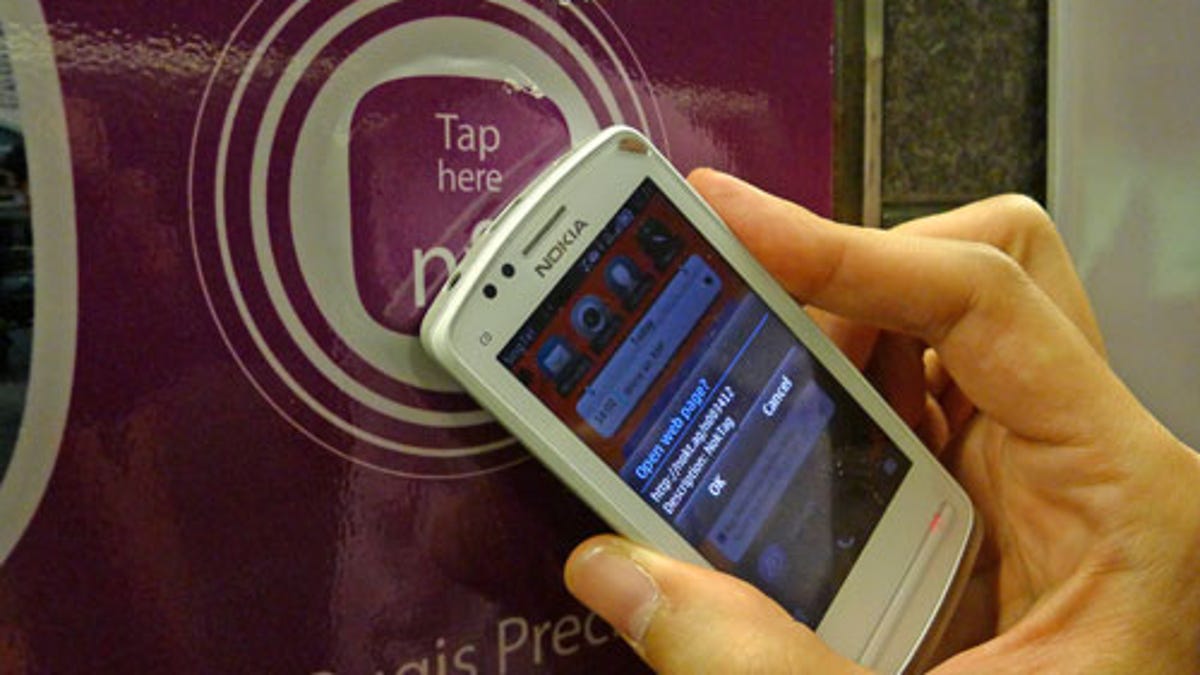NFC-enabled cell phones to hit 416 million shipments -- report
Shipments will eventually shoot up to 1.2 billlion units in 2018, predicts IHS Technology. But will consumers bite?

Smartphones outfitted with near-field communications could see a jump in shipments from 416 million this year to 1.2 billion in another four years, says research firm IHS Technology.
Shipments of phones equipped with the wireless technology rose from 120 million in 2012 to 275 million in 2013, a gain of 128 percent. This year's number could rise by an additional 50 percent. In total, shipments could grow 325 percent from 2013 through the end of 2018, according to IHS.
Android smartphones topped the NFC market last year with 254 million units, or 93 percent of all NFC-equipped cellphones. By 2018, the number of Android phones with NFC will shoot up to 844 million, according to IHS. But the percentage will shrink to 75 percent, meaning other companies will jump in.
Yes, more phones will likely come with NFC over the next few years. But consumers have yet to show much interest in the technology, at least as a way of paying for items via their mobile devices. Security is one concern. Overall, the NFC industry is still fragmented with different players offering their own unique solutions.
For the technology to win the heart and minds of consumers, companies have to address security worries and strive toward greater standardization.
Another factor that would work in NFC's favor is adoption by Apple. So far the iPhone maker has shown little or no interest in the technology, leaving it a niche market for some of its rivals. An NFC-enabled iPhone would drive consumer interest. But Apple typically likes all of the pieces to be in place before it dives into a burgeoning technology.
NFC is best known as a way of buying items on the go. But as a wireless technology, its range extends to other types of transactions and methods of sharing data between devices. As such, the promise of NFC may start to interest more consumers.
IHS does concede that the NFC market faces challenges before it will be adopted on a larger scale. But the industry should be able to meet those challenges.
"The majority of smartphone makers are adopting the NFC wireless communications and payment technology in their products as a de facto standard," IHS market analyst Don Tait said in a statement. "Consumers are becoming increasingly aware of the benefits of mobile payment -- and NFC wireless readers are proliferating in businesses throughout the world. This strong momentum will allow the NFC cellphone market to overcome barriers, including a lack of compelling services and applications, and the sluggish progress on establishing the required infrastructure."

